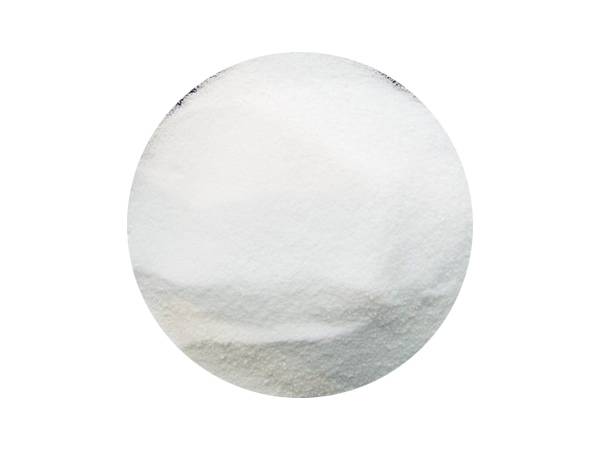



Exploring the Impact of Polyacrylamide Molecular Weight on Various Applications
Understanding Polyacrylamide Molecular Weight and Its Implications
Polyacrylamide (PAM) is a versatile polymer widely used in various industrial applications, including water treatment, soil conditioning, and as a flocculant in swimming pools and wastewater management. The properties and functionalities of polyacrylamide are significantly influenced by its molecular weight, making it a crucial parameter in the utilization of this polymer.
Understanding Polyacrylamide Molecular Weight and Its Implications
Higher molecular weight polyacrylamides are characterized by long polymer chains, which result in greater viscosity and higher strength. This enhanced performance makes them particularly effective in applications such as thickening agents in cosmetic products, stabilization of soil to prevent erosion, and improving the efficiency of oil recovery in the petroleum industry. The long chains lead to better entanglement in solutions, enhancing their ability to trap particles and flocculate contaminants in water treatments.
polyacrylamide molecular weight

Conversely, lower molecular weight polyacrylamides consist of shorter chains, which generally offer quicker dissolution and lower viscosity. These attributes make them suitable for applications where rapid action is essential. For example, low molecular weight polyacrylamide is often employed in the paper industry for wet strength additives or as a dispersant to improve paper quality. They are also useful in soil moisture conservation, allowing for easier application while still providing necessary benefits.
One of the critical aspects to consider when selecting polyacrylamide for a specific application is the balance of molecular weight and application requirements. For instance, in water treatment, the choice between high and low molecular weight PAM depends on the nature of the contaminants. High molecular weight PAM is typically preferred in coagulation and flocculation processes where high efficiency in contaminant removal is desired.
The environmental impact of polyacrylamide is another important consideration. While PAM itself is considered to be non-toxic and safe for use in various applications, it can degrade into acrylamide, which is a recognized neurotoxin and potential carcinogen. Therefore, using PAM products of appropriate molecular weight and ensuring effective management practices during use and disposal are essential to minimize any adverse effects.
In summary, polyacrylamide is a crucial material with diverse applications across industries. Its molecular weight is a key factor that influences its properties and functionalities. Higher molecular weight PAM offers benefits in viscosity and entanglement, making it suitable for applications that require strength, such as water treatment and oil recovery. Lower molecular weight varieties are prized for their quick dissolution and ease of use. By understanding the implications of molecular weight, users can better select the appropriate type of polyacrylamide for their needs while being mindful of environmental and safety considerations. Thus, the study and application of polyacrylamide remain an essential area of research and industrial practice, with ongoing innovations and improvements.
-
Why Sodium Persulfate Is Everywhere NowNewsJul.07,2025
-
Why Polyacrylamide Is in High DemandNewsJul.07,2025
-
Understanding Paint Chemicals and Their ApplicationsNewsJul.07,2025
-
Smart Use Of Mining ChemicalsNewsJul.07,2025
-
Practical Uses of Potassium MonopersulfateNewsJul.07,2025
-
Agrochemicals In Real FarmingNewsJul.07,2025
-
Sodium Chlorite Hot UsesNewsJul.01,2025










